Dry skin causes, symptoms, remedies and how to prevent it
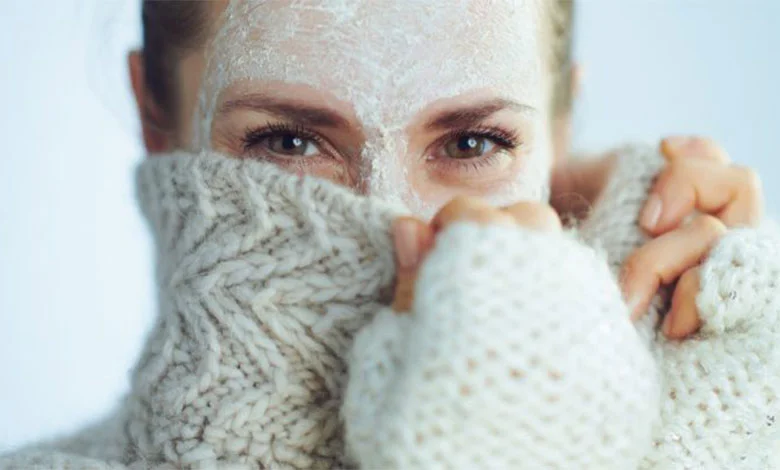
Dry skin causes, symptoms, remedies and how to prevent it. In this article; How do you treat and prevent dry skin? What causes dry skin and how do you prevent it? What cures dry skin? What is the natural solution for very dry skin? home remedy for dry facial skin, What foods help dry skin? What can I drink for dry skin? You can learn the answers to the questions and all the details necessary for dry skin treatment.
Dry Skin Causes
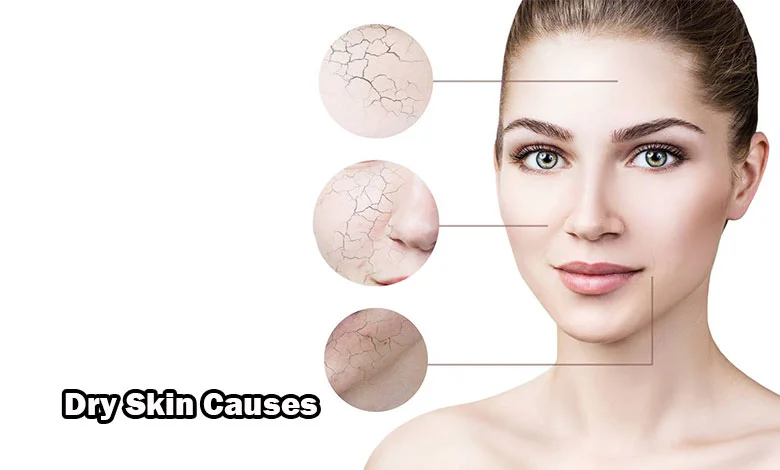
Dry skin is a condition generally characterised by tight, rough skin, to which flaking, itching and cracking can be added in severe cases. Skin is defined as dry when there is an excessive lipid deficiency, which makes it visibly thinner and more fragile.
The causes can be varied and of different kinds, and it is not always easy to discover them; generally it is a loss of moisture, which in the worst cases can also lead to very unpleasant symptoms, such as intense itching.
Thus, healthy skin is soft and elastic, and is defined as such when it is sufficiently moisturised; when this is lacking, dryness and roughness take over, which in the worst cases can lead to flaking and the formation of fissures.
Dry skin: what is it?
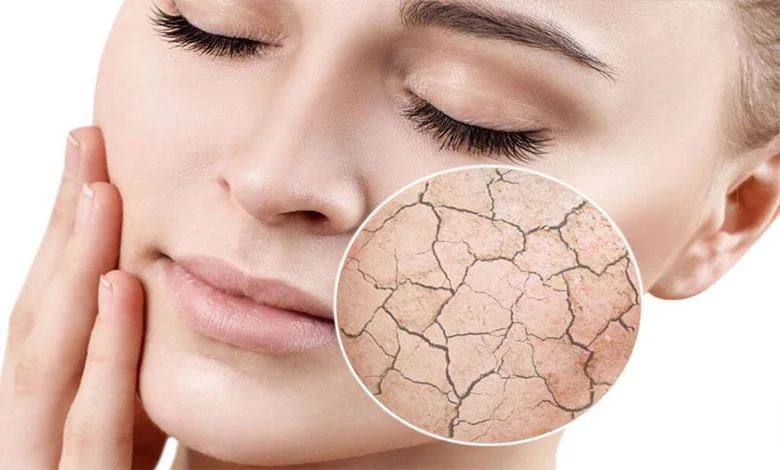
Dry skin is a very common condition characterised by a lack of adequate hydration in the most superficial layer of the skin, the epidermis.
The epidermis (from the Greek ἐπί, epì, ‘above’ and δέρμα, dèrma, ‘skin’) is the outermost of the two layers (together with the dermis) that make up the skin. The latter is normally composed of lipids and proteins, and the lipid portion together with specific proteins, such as filaggrin, help precisely to prevent dehydration.
When lipids and proteins are deficient, the skin’s barrier is compromised, and vital water-binding substances are easily eliminated, which is how skin dryness sets in. Skin that becomes dry is more sensitive and prone to rashes and lesions. If this condition of dehydration persists, the skin may even become damaged.
How to recognise xerosis
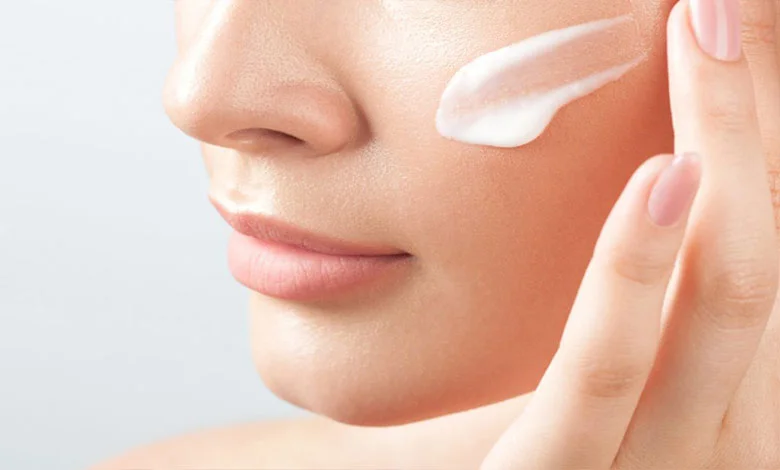
Skin dryness, also known as xerosis, is caused by a lack of water – up to about 20 per cent – or by a low production of lipids by the sebaceous glands: this alters the hydrolipid barrier, whose purpose is to keep the epidermis compact and intact.
There are various degrees of skin dryness: the skin can appear dehydrated or extremely dry, bordering on xerosis, when the skin starts to split and harden.
Types of dry skin
As we have explained, dry skin arises due to a lack of lipids, compared to those found in normal and oily skin. Three types of dry skin can be distinguished:
Alipidic dry skin
Due to insufficient sebaceous secretion. Skin deprived of its natural barrier appears very sensitive and fragile, more prone to flaking, wrinkles and signs of ageing, which appear prematurely.
Dry dehydrated skin
In this case, dryness is caused by dehydration, i.e. the skin lacks one of its main components that protects it from irritants. Unlike alipid skin, it may be characterised by blackheads.
Dry dehydrated alipidic skin
This is a type of dry skin that combines the two deficiencies listed above, and can also be caused by malfunctioning of the apocrine glands.
Symptoms of dry skin

The symptoms of dry skin can be of different forms and intensity depending on the area affected. The symptoms of dehydration can lead to the skin taking on a more or less flaky appearance and, in the most severe cases of xerosis, even to skin characterised by:
- Skin cracks.
- Small splits.
- Bleeding that may be accompanied by itching.
As the dryness of the skin becomes more severe, lesions, scaling and actual wounds may develop. In addition, the intense itching that is generated by desquamation can worsen the situation and lead to the development of the ‘itch-scratch’ cycle.
What does it consist of? When a person feels itchy in response he or she scratches, and it is this mechanism that can cause the skin to become thicker and leathery, even to the point of creating painful lesions.
The causes of dry skin

It is not possible to identify a single cause, as there are a whole series of exogenous and endogenous factors that determine the onset and severity of this type of skin.
Climate and temperature
Cold temperatures tend to dehydrate the epidermis as does low humidity, which leads to a decrease in the percentage of water in the surface layers of the epidermis.
Moreover, with the heating on in winter and the cold weather outside, the skin is affected by temperature changes, drying out and dehydrating.
Exposure to other weather agents, snow, sun or prolonged contact with chlorine and salt water also cause dehydration.
Use of harsh soaps and bubble baths
One of the most common factors of dry skin is the frequent use of soaps, bubble baths and ungentle cleansers that remove the lipid layer.
Excessive use of disinfectants and lipid solvents (such as alcohol)
Disinfectants, detergents, degreasers and all products containing surfactants are deleterious to the skin. For example, it would be a good idea to wear latex gloves to protect your hands when using these products.
Water that is too hot
Although bathing and showering bring water to the epidermis and thus hydration, the evaporation of this water dries it out. Excessively tense skin after a bath may indicate that there has been a removal of natural lipids and oils.
Irritating clothing and creams
One of the causes is the use of inappropriate moisturising creams. For this reason, to be sure of purchasing the most delicate product suitable for your skin type, it is a good idea to seek advice from a dermatologist or pharmacist.
For clothing, however, it is important to note that there are certain fibres, such as wool, and synthetic fabrics that tend to irritate and dry out the skin.
Age
Dry skin affects indiscriminately, but is more frequent in old age when there is a natural thinning of the epidermis, a decrease in collagen production and a depletion of the hydrolipid film.
Medications
The condition of dry skin can also be caused by taking certain medications, e.g. medication for high blood pressure, high cholesterol, allergies and acne, but also hormonal contraceptives and diuretics can cause this problem.
Other factors are family history and certain medical conditions, such as:
- Eczema.
- Allergies.
- Hashimoto’s disease.
- Liver cirrhosis.
- Renal insufficiency.
- Psoriasis.
- Diabetes.
- Hypothyroidism.
- Malnutrition, i.e. vitamin deficiencies, particularly of vitamin A.
Dry skin: which treatments to choose
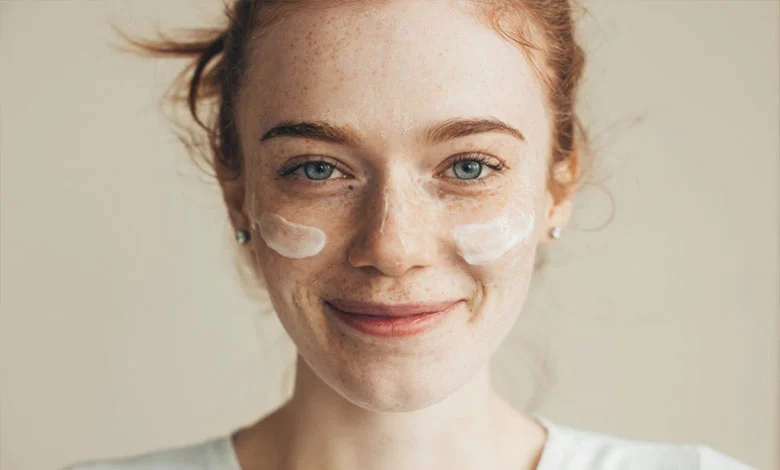
If dry skin is part of a natural predisposition, and does not occur pathologically or after the use of overly aggressive products, it is possible to treat it using specific moisturising creams, which can be easily found in pharmacies, also asking your pharmacist for advice.
Among the lotions for very dry skin, those containing grape seed oil and antioxidants are recommended, as they help retain water and thus provide more moisture. If dry skin persists over time, leading to flaking and lesions, on the other hand, it is advisable to consult a specialist who will be able to recommend the best treatment depending on the cause of the problem.
Dry skin: the best treatments
Dry skin is very often also dehydrated, fragile and more exposed to external aggression. If it is not properly cared for, it is subject to premature ageing. As we have seen, there can be several causes, but acting early can make all the difference.
So what to do?
First of all, ensure that the organism and thus the skin are properly hydrated, drinking at least 2 litres of liquid a day, including water, tea or herbal teas (preferably unsweetened).
Another good tip is to protect the skin from the sun’s rays, also avoiding sunlamps.
To moisturise the skin deeply, you can also use cosmetics or natural products with moisturising, nourishing and emollient properties that keep the skin soft. These include:
- honey. It is an excellent natural antibiotic, ideal for face masks together with lavender essential oil.
- Yoghurt. It is moisturising, nourishing and also economical.
- Shea and Argan oil. They are rich in vitamin E which is a powerful antioxidant and protects the skin from the action of free radicals, the main culprits of skin ageing and cell damage. They are particularly suitable remedies for mature, dry and dehydrated skin or for sensitive or irritated skin. E is also a vitamin with anti-inflammatory action, useful in the presence of erythema, redness, burns or excessive exposure to the sun. Skin application of these oils promotes skin hydration and elasticity and strengthens the epidermis’ natural defences.
- Shea butter and aloe vera gel. These are perfect for the skin of the hands, as they are nourishing and soothing, and are also excellent in cases of cold redness.
- Olive, almond or avocado oil. They are rich in omega 6, a polyunsaturated fatty acid capable of restoring the lipid balance of the epidermis and providing the necessary nutrients.
- Calendula and St. John’s Wort cleanser, perfect for cleansing the skin in the morning and evening, combining it with a good moisturising cream, perhaps with wheat germ.
It is a good idea to apply the cream or oil on the skin with circular movements to help the absorption of the active ingredients in the product. In the evening, before going to bed, it is also a good idea to apply a generous layer of an oily, nourishing and protective cream to dry skin.
Regular exfoliation to remove dead cells on the surface layer of dry skin is also recommended.
It is important to emphasise, however, that there are cases in which dry skin is a symptom of an underlying disease or disorder such as, for example, metabolic disorders or psoriasis, which must be treated with medically prescribed drug therapy.
What to do if you have dry skin?
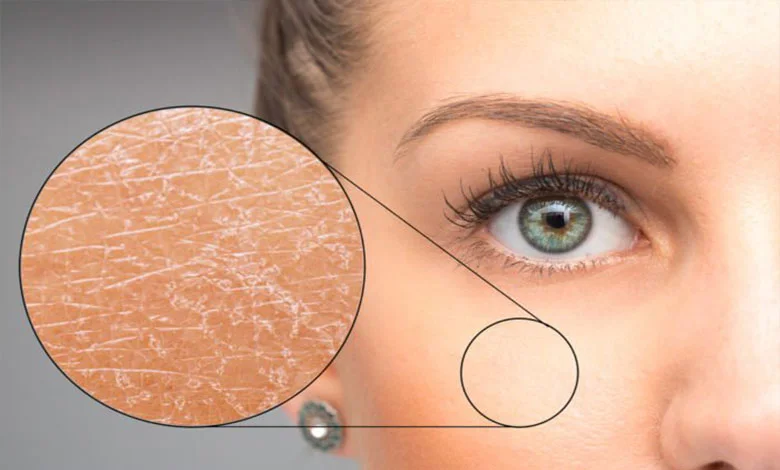
Certain behaviours are not advisable in the case of dry skin, not only because they could worsen the situation but also because the effect of the treatment would not be optimised.
Let’s look at some of them.
- The first is undoubtedly sunbathing without adequate sun protection. Not only does it prematurely age the skin, but it is a risk factor for even serious skin diseases.
- It is important to apply oils and creams to the skin only after cleansing it thoroughly; this enhances the nourishing and emollient effect of the product.
- Avoid cleansers that are too aggressive, have a pH value unsuitable for our skin and contain alcohol. So go for gentle cleansers that contain emollient and nourishing ingredients (e.g. vegetable butters).
- Dry off too much or with too rough towels that could scratch the skin. According to experts, applying moisturising cream on the skin while it is still damp would favour the skin’s absorption of the product.
- Washing too often. Soap or cleansers tend to weaken the lipid film of the skin, so in an already dry skin it is good to use common sense and prefer lukewarm to hot water.
What to eat if you have dry skin?
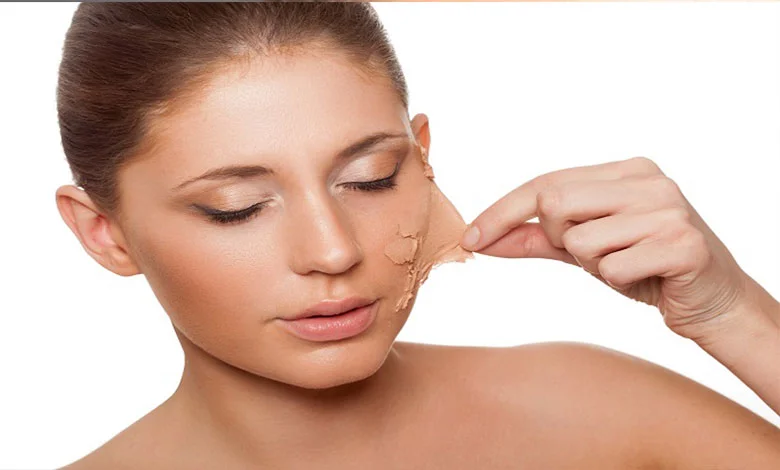
To support the health of our skin, it is important to eat a healthy, correct and balanced diet rich in fruit and vegetables, to fill up on antioxidants (vitamin C and E), but also polyunsaturated fatty acids such as omega 3 and omega 6, found especially in dried fruit, fish and EVO oil. These specific fats in fact strengthen cell membranes by reducing water loss.
Then drink plenty of water, at least 2 litres a day. Proper hydration brings multiple benefits not only to the skin but also to the whole body. Water is in fact essential for the functioning of organs and tissues, in short for our survival.
But also other foods, such as those of animal origin, such as eggs, fish, butter and cheese, or pulses, dried fruit, wheat germ and vegetables rich in beta-carotene are excellent allies for healthy skin. They contain B vitamins, but also A and E.
So a healthy diet, like the one proposed by Melarossa, is the winning choice for healthy skin and more. Goodbye, however, to fried and fatty foods, too much salt, and over-refined and industrially processed foods.
How to prevent dry skin
To counteract the onset of dry skin, there are several remedies and lifestyle changes that can help prevent this problem:
- Avoid using water that is too hot when taking a bath or shower.
- Do not stay in a hot shower for too long.
- Use a moisturising soap without harsh surfactants when taking a bath or shower.
- Apply moisturising cream immediately after the bath or shower. A dry oil that absorbs and provides moisture is also good.
- Dab the skin gently to dry it.
- Use a humidifier at home.
- Drink plenty of water.
Dry skin: complications
Inadequately treated dry skin can cause complications, including eczematous dermatitis, bacterial infections and skin discolouration.
In particular, dermatitis can develop in various areas of the body, such as:
- Hands.
- Feet.
- Posterior knee area.
- Eye area.
- Around the lips.
- Neck.
- Chest.
- Inner elbow crease.
There are different types of dermatitis. Here are the most common ones.
Contact dermatitis
Contact dermatitis develops when the skin reacts to something it touches, causing localised inflammation. It can occur when the skin is exposed to a chemical irritant, such as a detergent.
Allergic contact dermatitis, on the other hand, can develop when the skin is exposed to a substance to which one is allergic, for example what happens with nickel allergy.
If you are interested in this topic, check out our in-depth article on contact dermatitis.
Seborrhoeic dermatitis
Seborrhoeic dermatitis occurs when the skin produces too much fat. The result is a red, scaly rash, usually on the scalp. This type of dermatitis is very common in infants.
Atopic dermatitis
Atopic dermatitis is also known as eczema. It is a chronic skin condition that causes the appearance of dry scaly patches; again, this is a very common problem among young children.
How to apply make-up with dry skin
Even when applying make-up it is good to observe a few important rules to avoid worsening or even aggravating dehydration of the skin.
After cleansing your face thoroughly with a specific cleanser, apply a moisturising toner and immediately afterwards a nourishing cream specific for your skin type.
For the make-up base, on the other hand, you should prefer a liquid foundation and limit the use of powder products such as powder, bronzer and blush; if you don’t want to do without the latter, you can always resort to a formula with a liquid or creamy texture.
👉 What is Eyelid Twitching: Causes, Symptoms and Remedies
👉 Radiofrequency facial: what it is, what it is for, and what the benefits are




